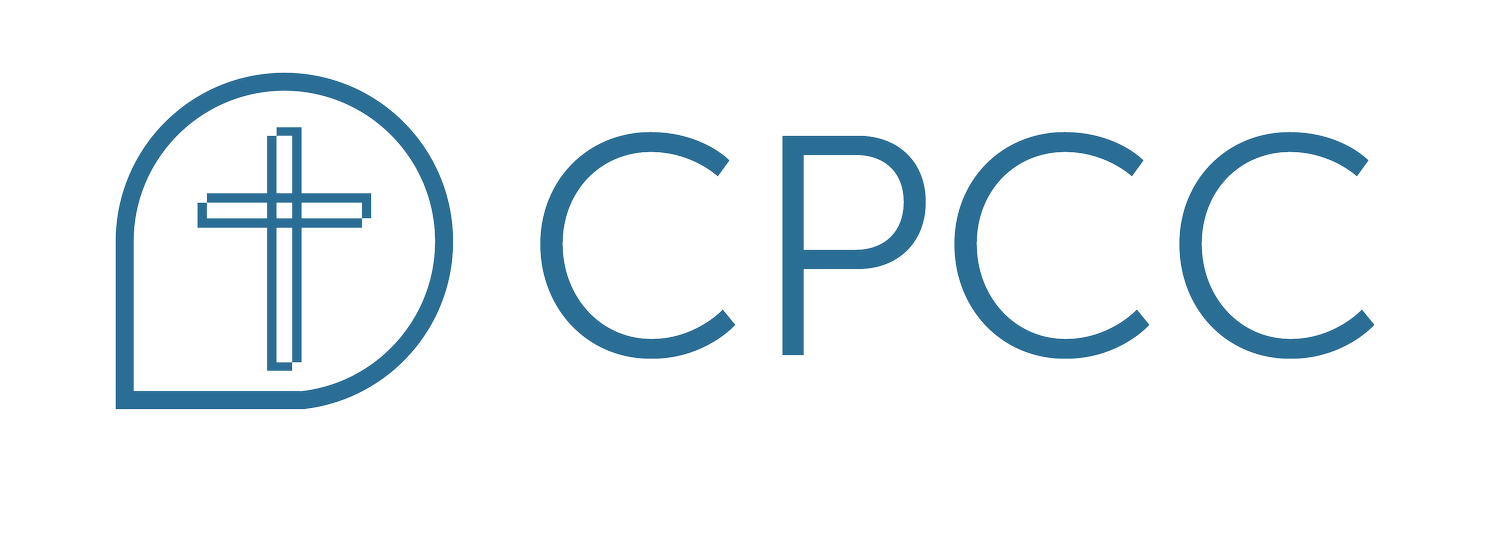Addictive Cycles
2017-08-11 23:19:22 Patty Shirley
Addiction can manifest itself in individuals through both behaviors and substance/alcohol use. Some of these behaviors are well accepted in society and can be considered healthy behaviors, such as drinking a glass of wine with dinner for heart health or taking medication prescribed by your doctor or engaging in sexual intimacy in a committed relationship. But use of substances, such as prescription drugs, marijuana, opiates, alcohol, nicotine, and more, as well as behaviors such as gambling, shopping, food, exercise, sexual activities such as porn use, affairs, masturbation and more, can lead to addiction.
When these behaviors become addictive, they become pathological, meaning that they can effect us negatively on an interpersonal, occupational, relational, medical, social, spiritual and legal basis. The desire to pursue these types of behaviors is a desire to lessen or avoid emotional instability, depression, anxiety, pain, feelings of emptiness and more. This pathology or ill-health typically continues despite harmful consequences. Progression of any addiction can include greater intensity of behaviors, more frequency, more risk and a greater loss of control. This can lead to neglect of daily responsibilities, low self-esteem, self-centeredness, denial, rationalization and conflicts in relationships.
When an individual becomes addicted to a substance or behavior, neuropathways are modified and reinforced. Typically a cycle or pattern to the addictive behaviors can be identified. This pattern can include both Acting Out behaviors, as well as Acting In behaviors. These opposite extremes, similar to the swinging of a pendulum, can be seen as an individual attempts to satisfy the cravings and urges from an addiction, than shifting to the opposite extreme of abstinence and avoidance of the behaviors.
When an individual is actively Acting Out, often their life becomes chaotic, they can be physically present but emotionally, mentally, and spiritually absent. They act out in anger aggressively or passively, make poor choices and can have poor boundaries. The opposite extreme, Acting In, is sometimes referred to as “white knuckling.” The individual can become physically and emotionally isolated from others. They may feel that their life seems dull and empty and they often experience fear, depression and anxiety. Over time, the extreme of these patterns can increase and exacerbate the secrecy, pain and impact to themselves and to those around them. The inconsistencies in these patterns of behaviors can be confusing to those around them, often referred to as a Jekyll-and-Hyde-type effect.
These patterns can start early in life as an adolescent or young adult. This is called the initiation phase, As repetition of the addictive cycle continues and preoccupation of the behavior is used as a soothing or numbing mechanism, the establishment phase is developed. During the Acting Out phase of addictive behaviors, the individual can become alienated and preoccupied with acting out, pursuing their behavior or drug of choice. If the opportunity for behaviors is limited, such as through physical consequences, health issues, lack of availability, hospitalization or incarceration, the addictive cycle can cease. During an Acting In stage, an individual may stop a particular behavior. Cross-addiction may become prevalent, in which an individual stops acting out in one fashion but substitutes another addictive behavior. An example of this would be substituting alcohol use when “stopping” porn use.
Recovery from addiction, both behavioral and substance/alcohol, is possible and achievable. Emphasizing and practicing new behaviors can create and reinforce different neuropathways, diminishing the old addictive neuropathways, leading to healthier thoughts and choices. Breaking the cycle of patterns can lead to stability and connection, allowing new opportunities for happiness, fulfillment and satisfaction in life.
Sexual Recovery, Children and Teens, Women, Men, Mental Health, Codependency, Alcoholics Anonymous, Sex, Addiction, Pornography, Anxiety, Depression, Sex Addiction, Recovery
